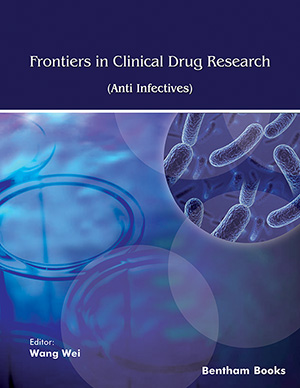Abstract
The development of multidrug-resistant bacteria (MDRB) and the
emergence of new lethal diseases have raised the need for potent anti-infective agents
with different killing action mechanisms that contribute to treating and/or supporting
the currently used drugs. For this purpose, bacteriocins are considered excellent
candidates with promising potential. Bacteriocins are ribosomally synthesized
antimicrobial peptides that are produced by many bacterial genera. They are
characterized by high thermal stability, being active over a wide pH range, and having
specificity against selected bacterial strains by employing specific receptors on their
cell membrane, which encourages bacteriocins to use in clinical applications as support
and/or alternatives currently used antibiotics. Interestingly, bacteriocins have many
advantages over antibiotics, such as the relative difficulty of developing resistance
compared to broad-spectrum antibiotics. Moreover, due to their simple biosynthetic
mechanisms, bacteriocins can be easily bioengineered, which improves their activity or
specificity against selected microorganisms. Additionally, bacteriocins originating from
lactic acid bacteria have the extra safety advantage because many LAB and their
products are classified by the American Food and Drug Administration (FDA) to be
generally recognized as safe (GRAS). Bacteriocins have promising pharmaceutical
potentials as anti-infective agents, anti-MDRB agents, antileishmanial, and antiviral
agents. Moreover, bacteriocins have been used to treat many ulcers, tumors, and
cancers. In this chapter, we highlight the importance of bacteriocins as anti-infective
agents, describing their common action mechanisms and recent clinical and
therapeutical applications of bacteriocins. Finally, prospects in this field are discussed
to discover and develop more diverse and efficient bacteriocins with potent anti-infective activities.
Keywords: Action mechanism, Anti-infective, Bacteriocins, Biosynthesis, Oral care, Resistance, Skin infections, Spermicide, Systemic infections, Veterinary applications, Woman’s care.






















